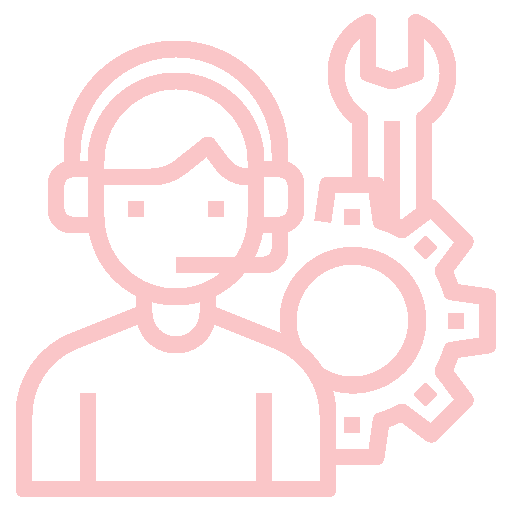.png)
Enterprise Architecture Workshop
Learn how to implement The Open Group Architecture Framework, and align technical and organizational strategy to drive business transformation.

.png.webp?width=60&height=60&name=audience%20(1).png.webp) Audience
Enterprise architect
Audience
Enterprise architect
 Technology
Open Group Architecture Framework
Technology
Open Group Architecture Framework
 Type
Workshop
Type
Workshop
 Service Category
Business architecture
Service Category
Business architecture
 Duration
4 sessions
Duration
4 sessions
 Skill Set
Skill Set
Enterprise architecture
The Open Group Architecture Framework (TOGAF) is the most-used framework for enterprise architecture today that provides an approach for designing, planning, implementing, and governing an enterprise information technology architecture. TOGAF is a high-level approach to design. It is typically modeled at four levels: Business, Application, Data, and Technology. It relies heavily on modularization, standardization, and already existing, proven technologies and products.
This course entails the Study of Enterprise Architecture (EA), which provides a deep understanding of how to align an organization's strategy with its technology strategy, enabling you to drive efficient and strategic technological transformations within businesses.
4 Sessions
SESSION 1:
- Architecture Overview
- Architecture Capability Framework Overview
- Architecture Skills Framework
- An Introduction to the Architecture Development Method (ADM)
- An Introduction to the ADM Guidelines and Techniques
- Architecture Content Framework
- Enterprise Continuum
- Adapting the ADM: Iterations and Levels
SESSION 2:
- Preliminary Phase
- Architecture Maturity Model
- Architecture Partitioning
- Other EA Frameworks
- EA Tools Landscape
- Adapting the ADM: Security & SOA
- Phase A: Architecture Vision
- Stakeholder Management
- Business Scenarios
- Architecture Implementation Support Techniques
-
Business Transformation Readiness Assessment
-
Capability-based planning
-
Risk management
-
Building Blocks and Interoperability Architecture Development Method (ADM)
-
SESSION 3:
- Phase B Business Architecture
- Phase C Data Architecture
- Integrated Information Infrastructure Reference Model
- Phase C Application Architecture
- Phase C Application Architecture Artifacts
- Phase C Application Architecture Artifacts
- Foundation Architecture: Technical Reference Model
- Phase D Technology Architecture
SESSION 4:
- Phase E Opportunities and Solutions
- Migration Planning Techniques
- Implementation Factor Assessment and Deduction matrix
- Consolidated Gaps, Solutions and Dependencies matrix
- Architecture Definition Increments table
- Transition Architecture state evolution table
- Business Value Assessment
- Phase F Migration Planning
- Phase G Implementation-Governance
- Phase H Architecture Change Management
- Architecture Requirements Management
At the end of this workshop, participants will have a good understanding of Enterprise Architecture and how to implement it within organizations.

 Cloud
Cloud Teams Video Conference
Teams Video Conference Murex Assessment
Murex Assessment Compliance Assessment
Compliance Assessment.png) Lucidchart to Visio Assessment
Lucidchart to Visio Assessment